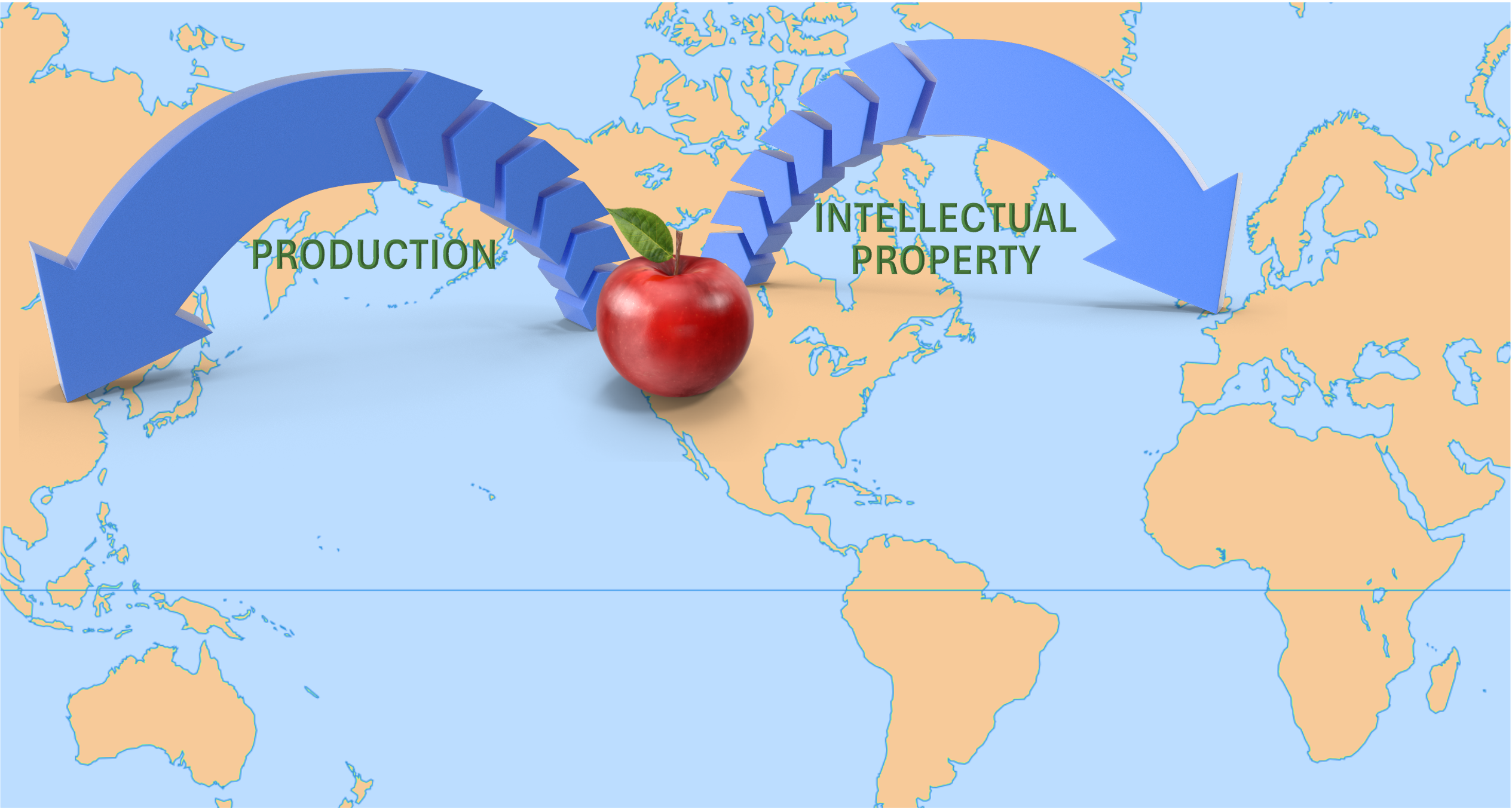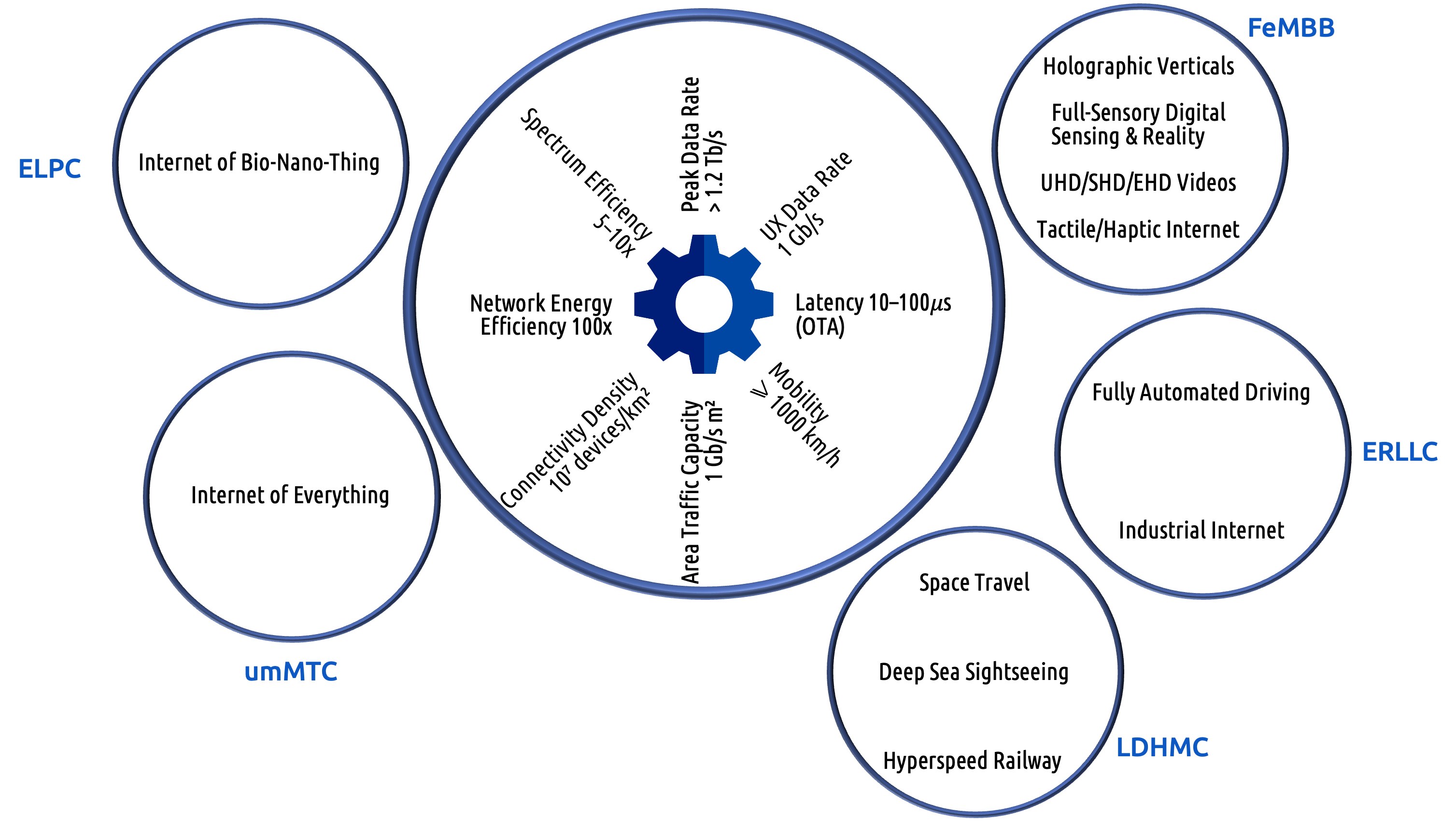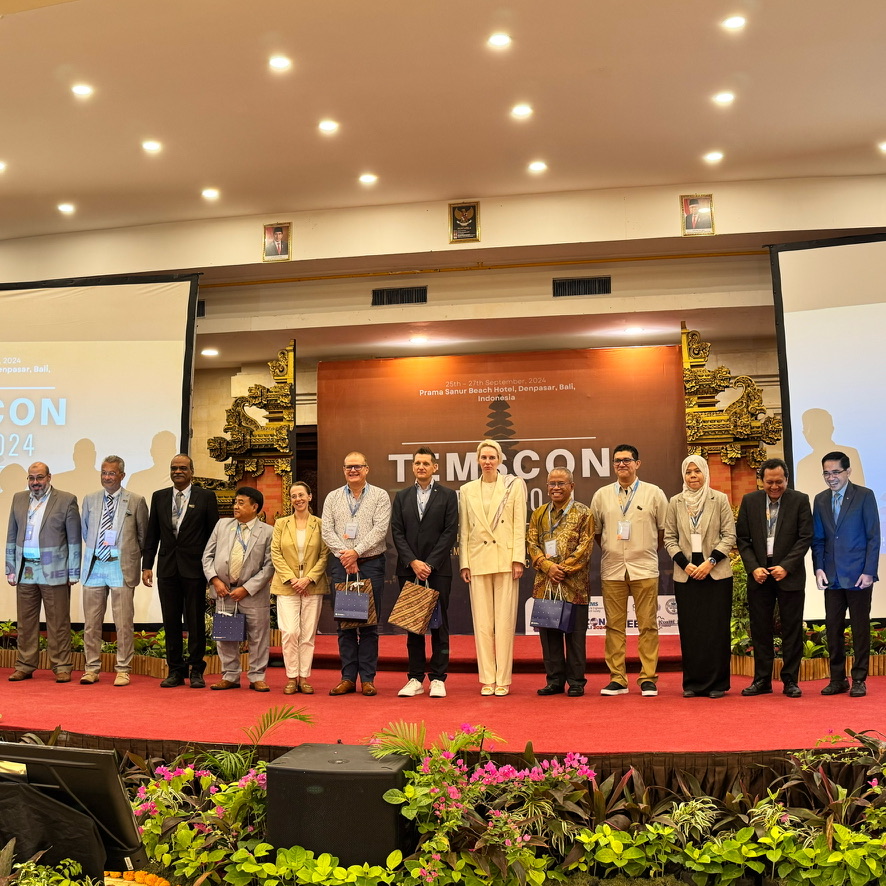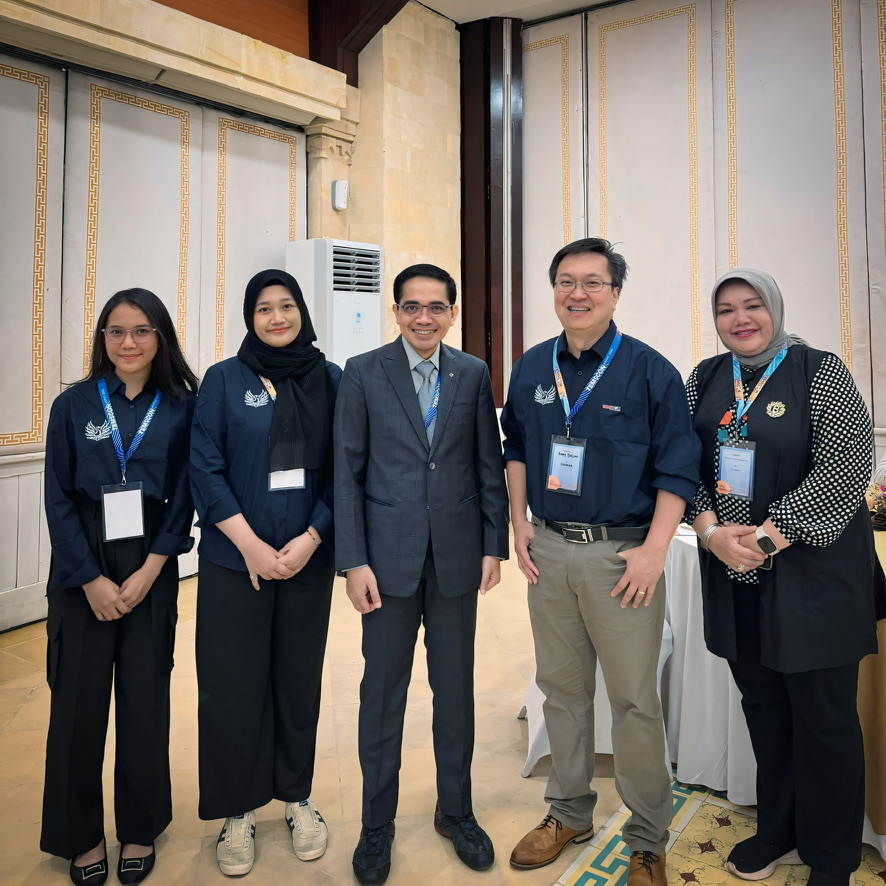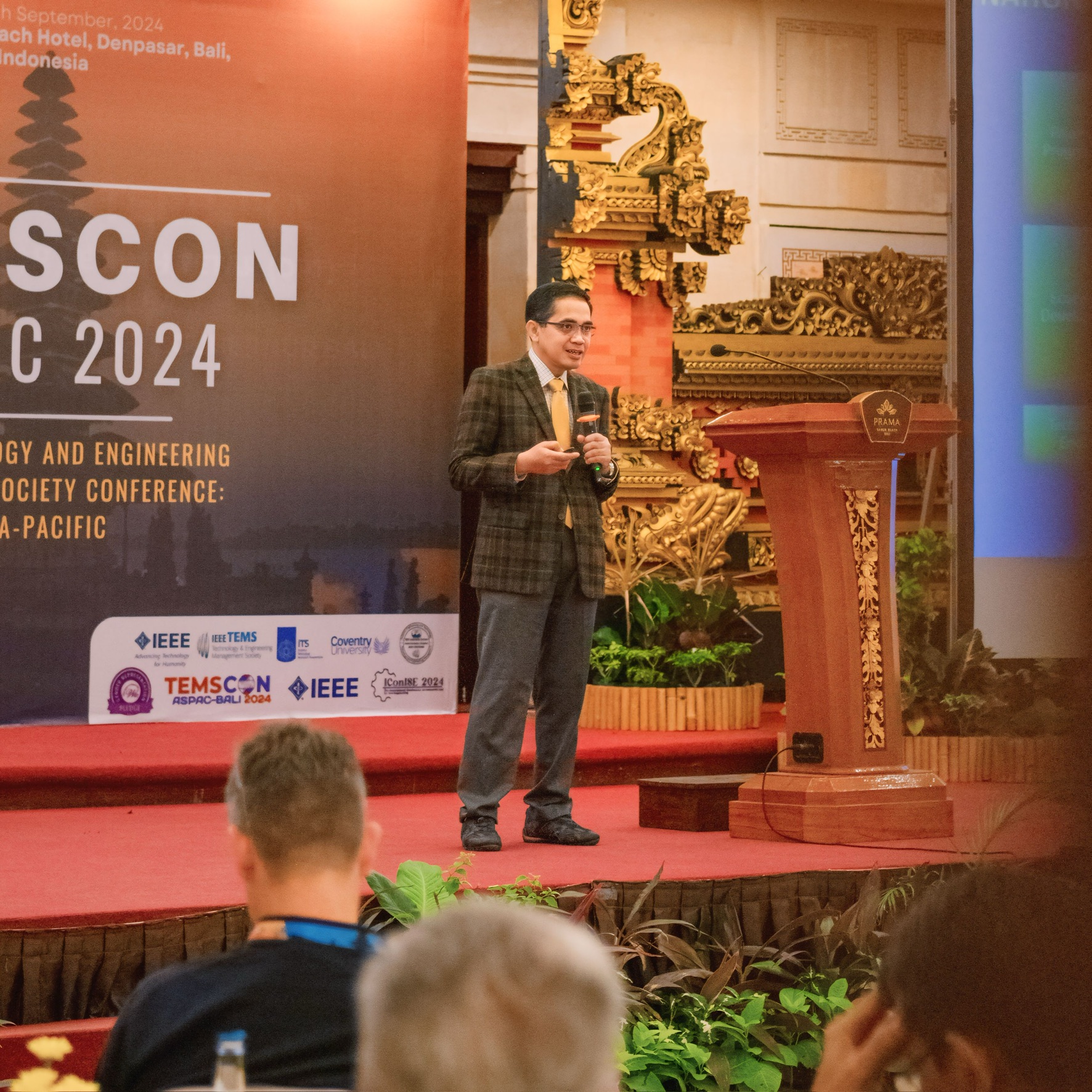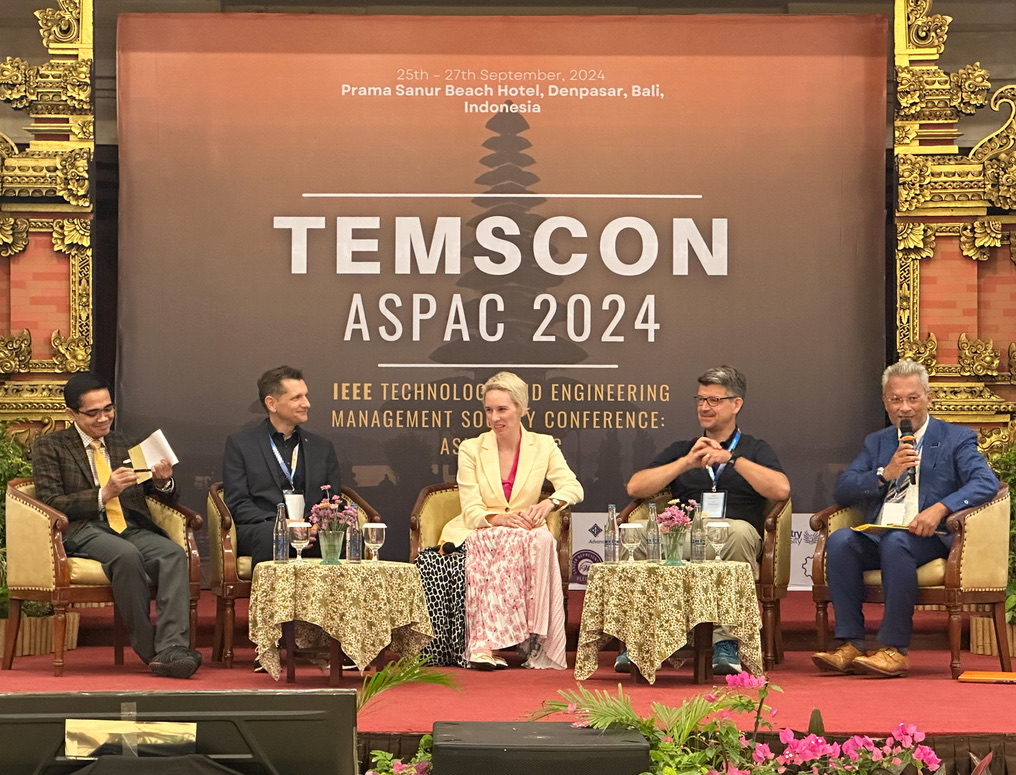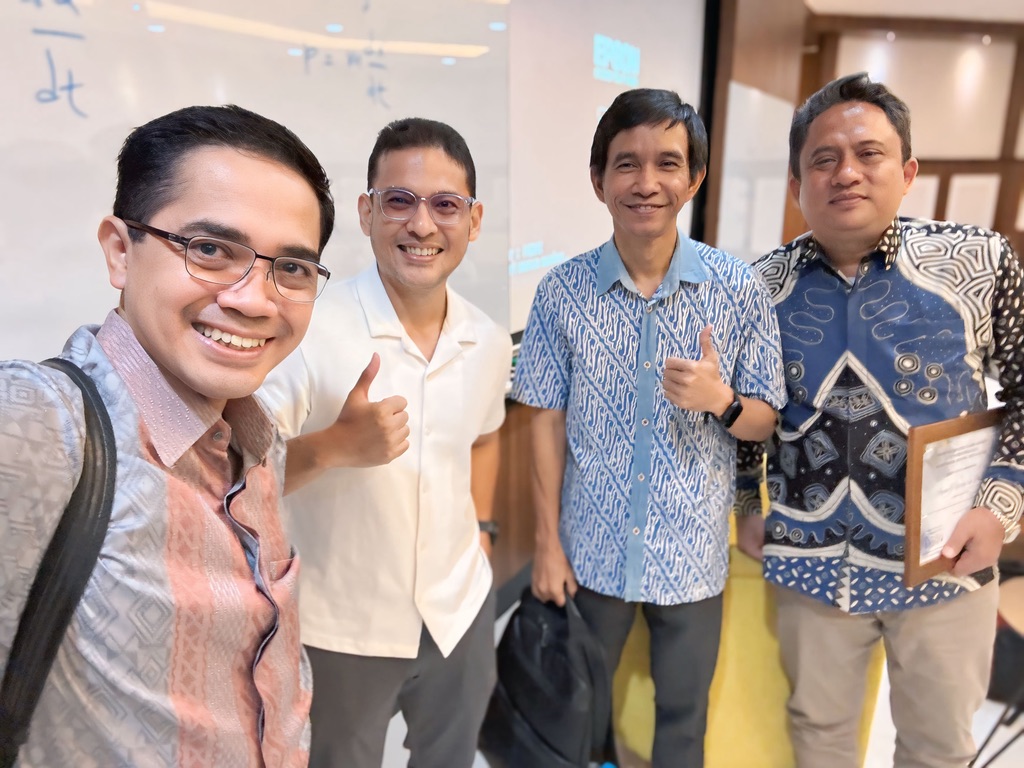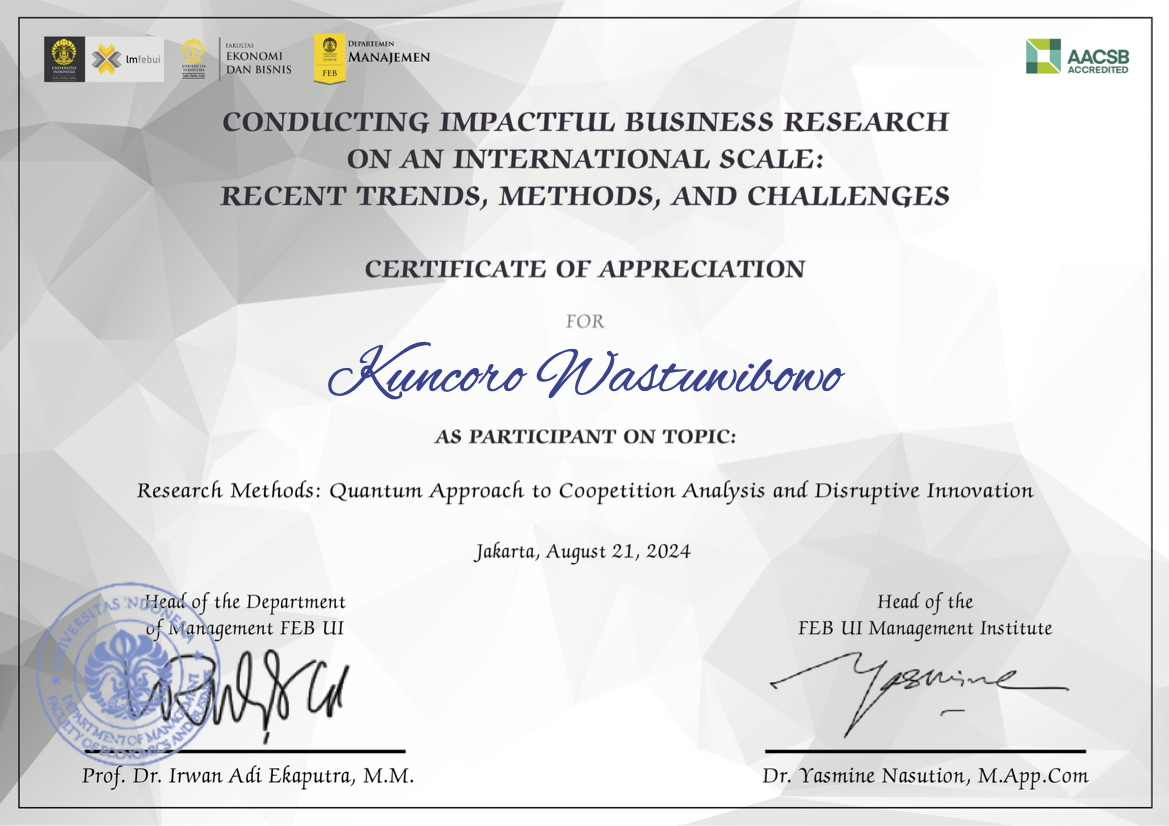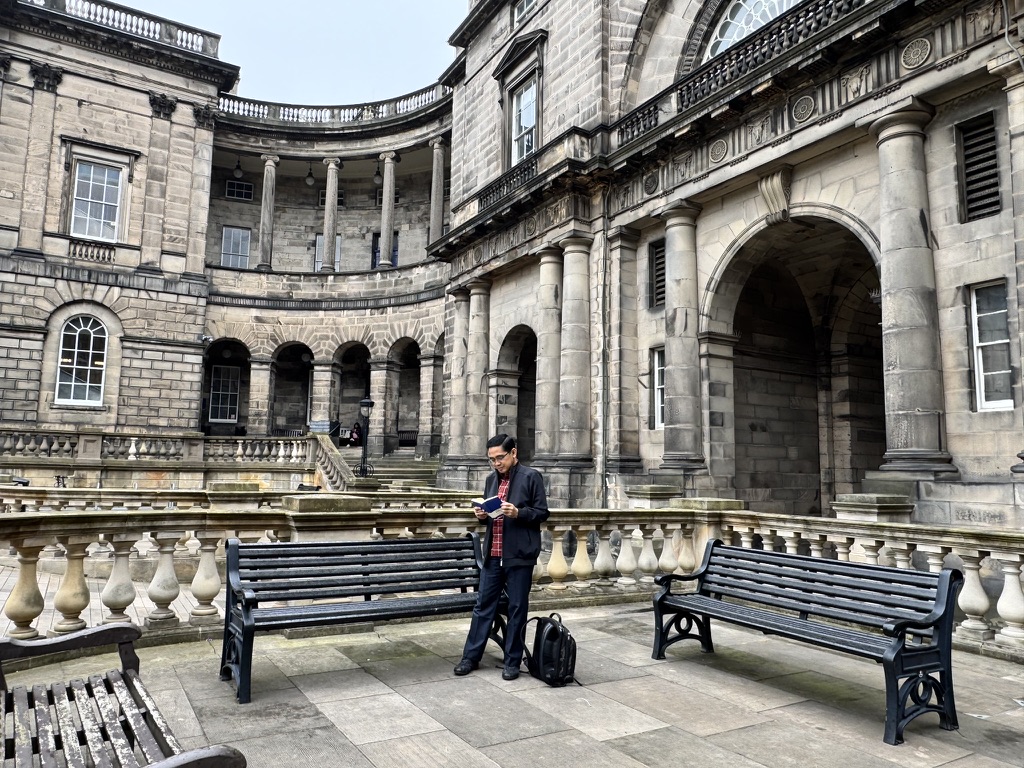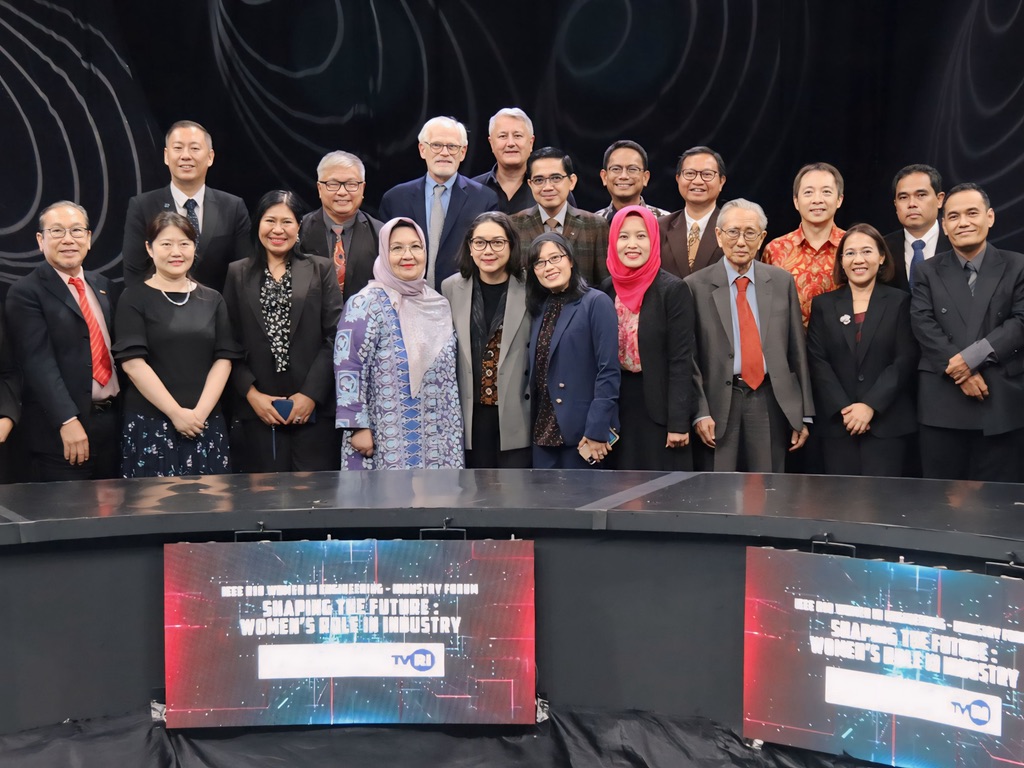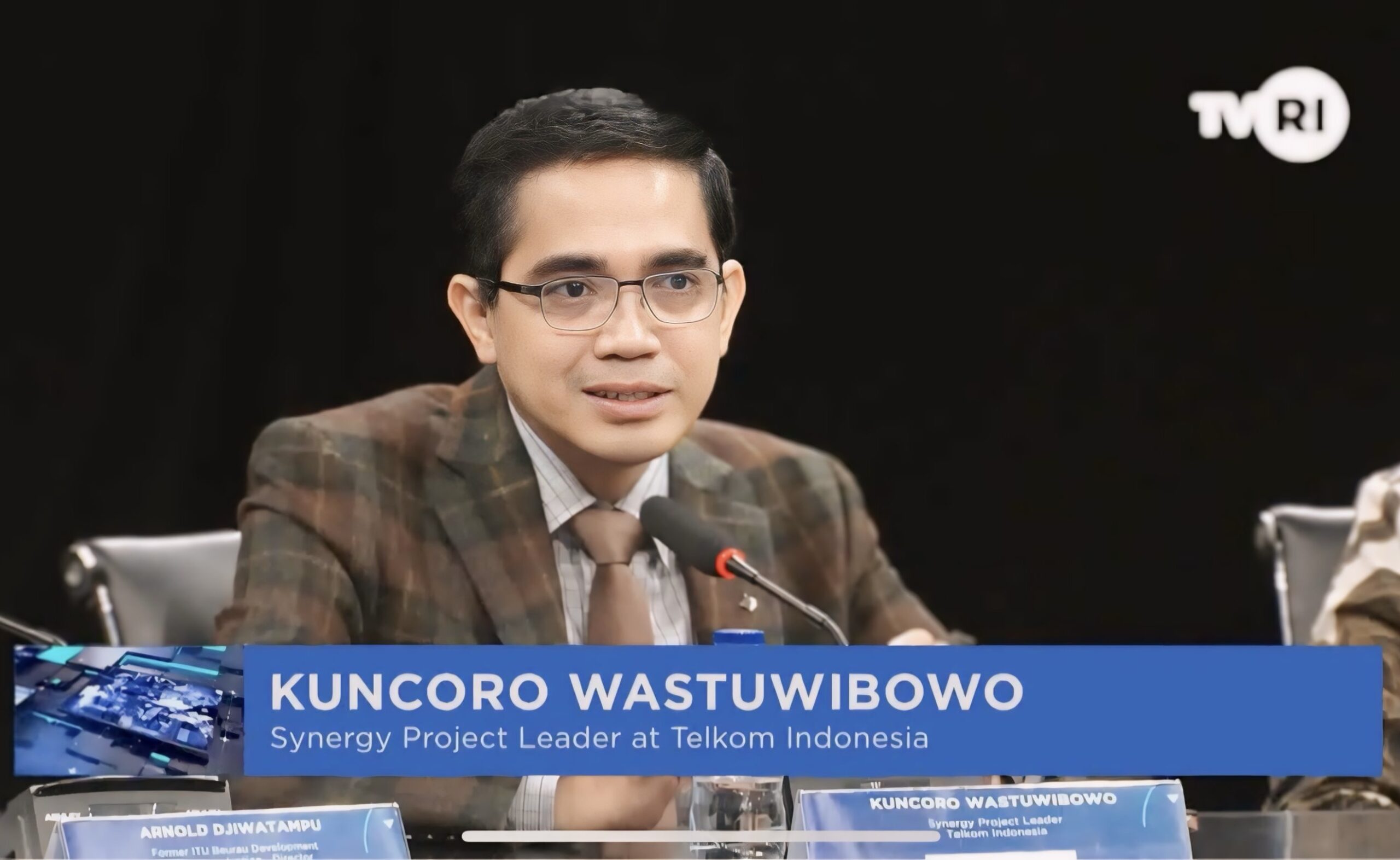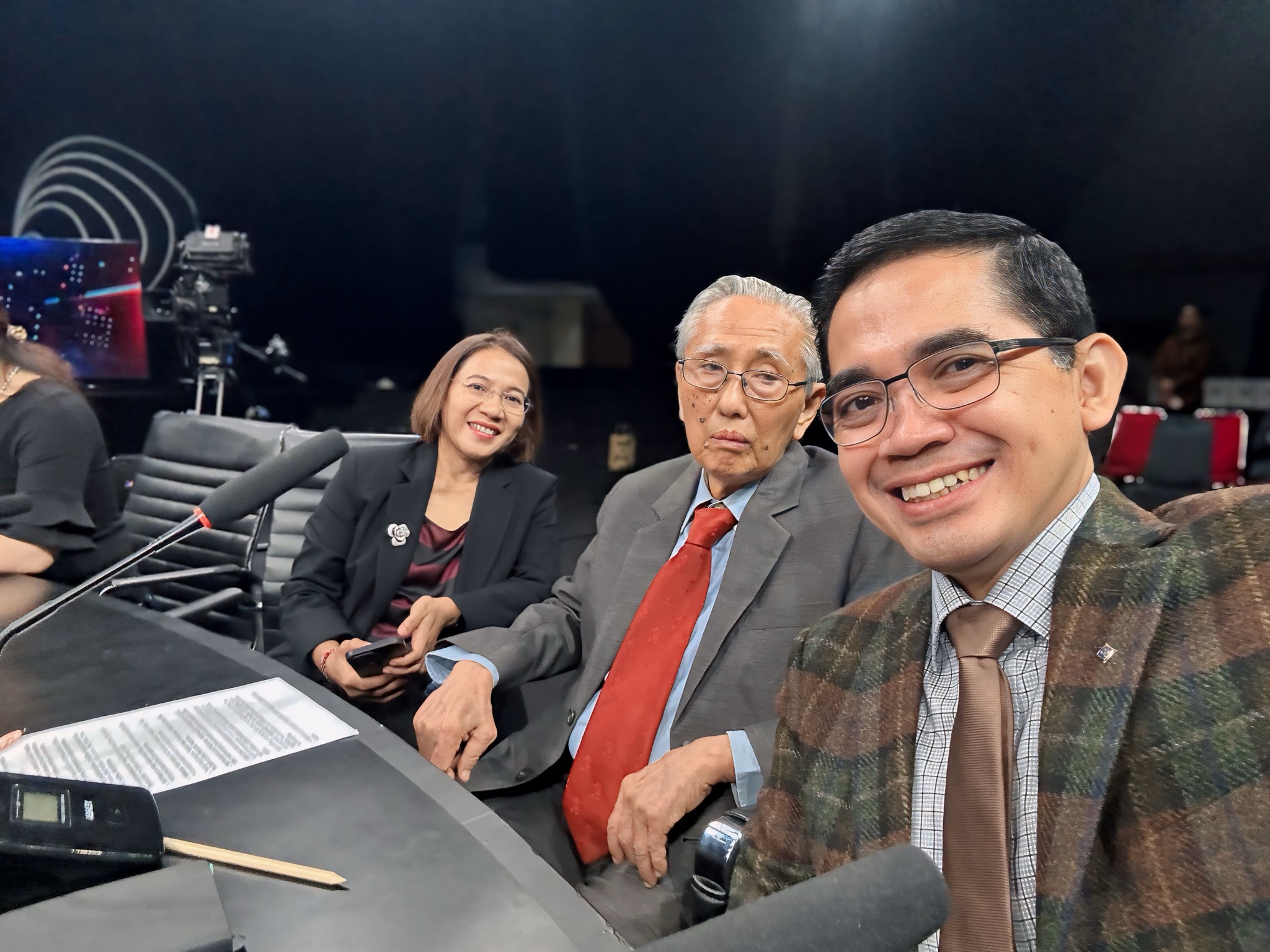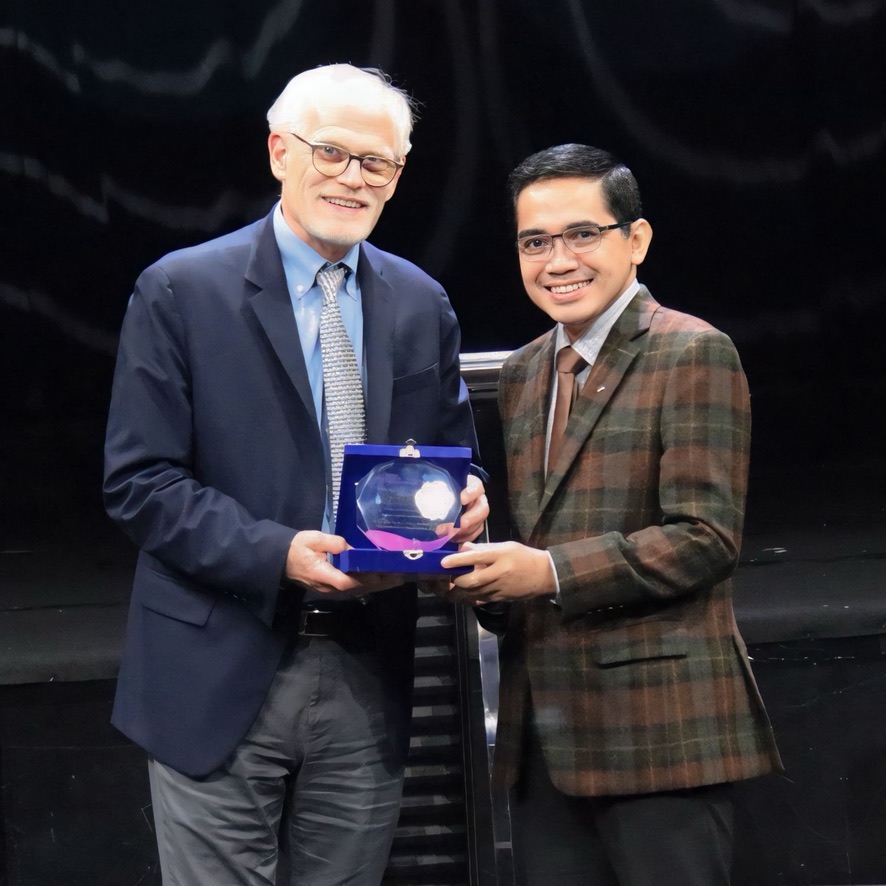Feline Philosophy: Cats and the Meaning of Life, by John Gray, has accompanied my Catterday. Published in 2020 by Penguin Books, the book is a wry and elegant meditation that contrasts the restless pursuit of meaning in human life with the serene indifference of cats. Rather than anthropomorphising animals, Gray invites readers to view humanity through a feline lens — one that reveals the absurdity of our moral pretensions, the futility of our anxieties, and the possibility of a more graceful existence, precisely by abandoning the need to justify it.

Its last chapter offers a feline-inspired rethinking of how one might live with greater clarity and less delusion: Ten Feline Principles for Living Well.
- Never try to persuade human beings to be reasonable — Trying to persuade human beings to be rational is like trying to teach cats to be vegans. Human beings use reason to bolster whatever they want to believe, seldom to find out if what they believe is true.
- It is foolish to complain that you do not have enough time — If you think you do not have enough time, you do not know how to pass your time. Do what serves a purpose of yours and what you enjoy doing for its own sake. Live like this, and you will have plenty of time.
- Do not look for meaning in your suffering — If you are unhappy, you may seek comfort in your misery, but you risk making it the meaning of your life. Do not become attached to your suffering, and avoid those who do.
- It is better to be indifferent to others than to feel you have to love them — Few ideals have been more harmful than that of universal love. Better cultivate indifference, which may turn into kindness.
- Forget about pursuing happiness, and you may find it — You will not find happiness by chasing after it, since you do not know what will make you happy. Instead, do what you find most interesting and you will be happy knowing nothing of happiness.
- Life is not a story — If you think of your life as a story, you will be tempted to write it to the end. But you do not know how it will end, or what will happen before it does. It would be better to throw the script away. The unwritten life is more worth living than any story you can invent.
- Do not fear the dark, for much that is precious is found in the night — You have been taught to think before you act, and this may be good advice. Acting on how you feel at the moment may be no more than obeying worn-out philosophies you have accepted without thinking. But some moments may follow an inkling that glimmers in the shadows. You need to know where it may lead you.
- Sleep for the joy of sleeping — Sleeping so that you can work harder when you wake up is a miserable way to live. Sleep for pleasure, not profit.
- Beware anyone who offers to make you happy — Those who offer to make you happy do so in order that they themselves may be less unhappy. Your suffering is necessary to them, since without it they would have less reason for living. Mistrust people who say they live for others.
- If you cannot learn to live a little more like a cat, return without regret to the human world of diversion


